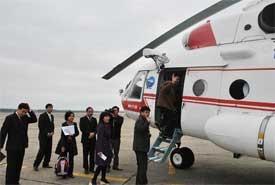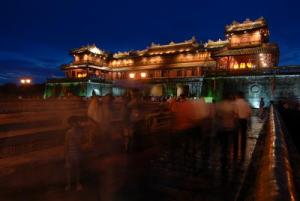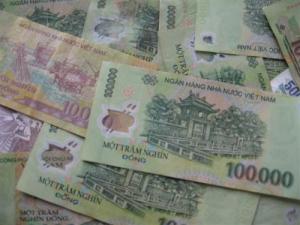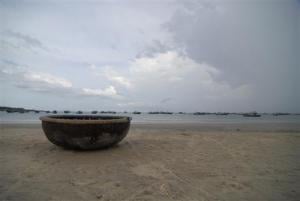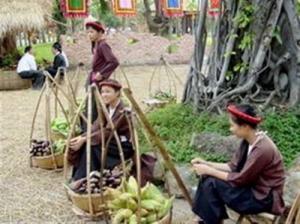Vietnam Tourism: A Work in Progress
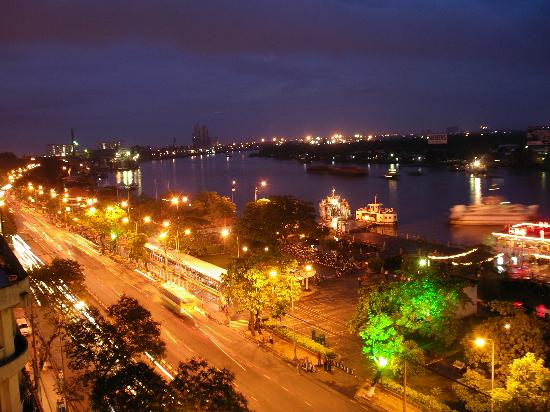
Compared to its neighboring Southeast Asian countries, Vietnam’s tourism may still need some work, to say the least. Instead of being hailed, tourism in Vietnam has been receiving negative feedbacks instead of praises. Among the common problems often complained by tourists in the country are bad traffic; robbery; lack of clean and modern toilets; pickpocketing; harassment (from beggars and food vendors); “ripping off”; unsafe food; and poor hygiene. And being a supposedly tourism venue, there is an ironic need for qualified tour guides and operators. In fact, concerned agencies lack the capacity and capability to promote tourism in Vietnam as a whole.
These serious concerns have been prevailing in the country for a while. There doesn’t seem to be an end or at least a solution, although it cannot be said that the tourism industry in Vietnam hasn’t been addressing the issues, or making an effort to do so, to say the least. In the meantime, local authorities have been putting up a front, telling the world how Vietnam’s tourism has been doing well, even reporting a 20 percent or six million increase in its international arrivals last year. But despite these seemingly positive reports, local travel agencies themselves find the data “misleading, inaccurate and incomplete,” stating that the allocated figures were merely international arrivals, not specifically tourists intending to visit the country. According to experts, Vietnam still has to formulate and implement concrete steps in order to attract foreign tourists into the country.
In the meantime, neighboring countries like Malaysia and Singapore have been clearly successful in their tourism strategies. The former is the top destination in Southeast Asia, with a 35 percent increase in tourism arrivals. That is, from 11.1 million in 2011, visitors arriving in Malaysia jumped to 15 million last year. Legoland Malaysia and Johor Premium Outlets are just some of the latest tourist attractions that have indeed enticed more and more visitors into the country. Singapore recently opened its own Universal Studios, Marina Bay, Skypark, and Gardens by the bay, enticing an increasing number of tourists to visit the country as well. Even Cambodia, which has a supposedly lower GDP than Vietnam, has fared better in its tourism efforts with the successful turnout of its Smile of Angkor show in Siam Reap Province. Moreover, it has a new five-star resort located at the Thansur Bokor Highlands. Even its traditional attractions such as the Preah Vihear Temple and the ancient town of Uodong are enjoying an increasing number of visitors especially with its recent promotional tours.
Its traditional structures and festivals have always been Vietnam’s stand in tourism. Over 500 calendar days are marked as holidays, an equivalent to 8,000 celebrations, big and small, held across the country. But despite these grand displays all these years, it hasn’t really made a lasting impression on visitors. In fact, it has been just criticized as a big waste of money. Vietnam though may have another edge in tourism against its neighbors with its food and drinks. World-famous marketing professor and consultant Philip Kohler once suggested that Vietnam should mark its niche in the global community as “Kitchen of the World.” The Dien Quan Media Company of Ho Chi Minh City has jumped to this opportunity by establishing “Martin Yan – Taste of Vietnam,” a reality show featuring world-famous Chef Martin Yan showcasing Vietnam’s specialties. The show ran for 26 episodes. Despite this given advantage, Vietnam failed to produce high-quality publications to promote its world-class cuisine. The country’s many and expensive festivals should have been made an instrument to advertise its delicacies to the world.
Vietnam, like any other country, has natural resources it can utilize and improve to advance its tourism. But it seems to lack and/ or fail in taking advantage of these given benefits. To say the least, Vietnam‘s tourism is a work in progress, even after all this time. But judging from its Southeast Asian neighbors, it needs to double time.




